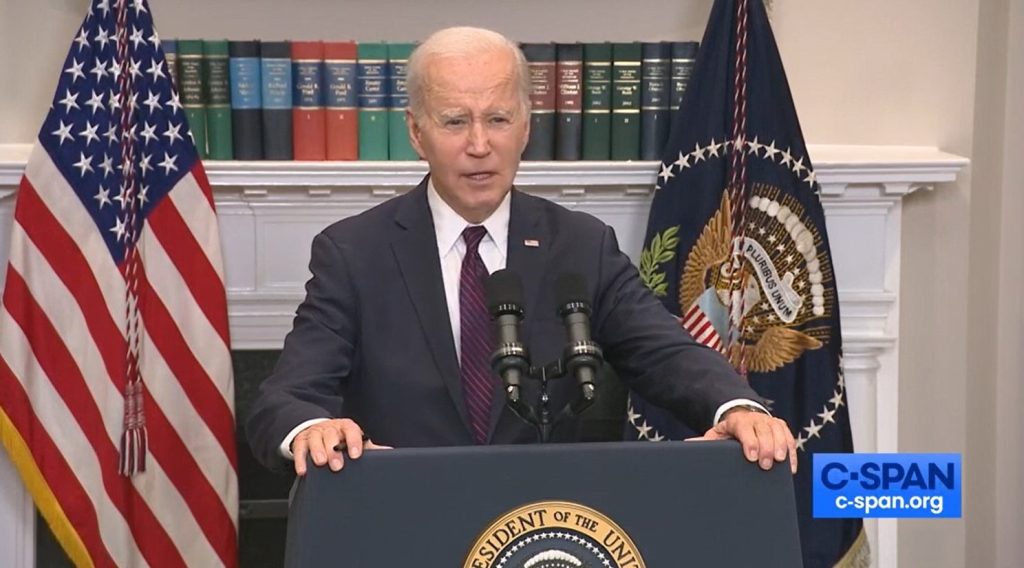New Mexico advocates seeking to have the Gila River designated as a Wild and Scenic River will travel to Washington D.C. this week to urge the U.S. Congress to pass the M.H. Dutch Salmon Greater Gila Wild and Scenic River Act.
This legislation is sponsored by U.S. Sen. Martin Heinrich and U.S. Rep. Gabe Vasquez, both Democrats from New Mexico. The other members of New Mexico’s congressional delegation have signed on as co-sponsors.
Grant County Commissioner Harry Browne said he is hopeful that the fact that Vasquez, who represents the region that would be impacted by the designation, has signed onto the bill will encourage Congress to pass it.
Browne described the Gila River as the cornerstone of the area.
“Families have fished and camped and hunted and just enjoyed the river,” he said.
The Gila River also draws people to the region. Browne said it was the reason he moved to Grant County.
“For the folks who’ve lived here for generations, it’s the lifeblood,” he said. “It supplies the water for 2,500 acres of farming.”
One message that Browne said he hopes to convey during their time in D.C. is that the advocates will keep showing up and that the Gila River is an amazing place that warrants additional protection.
The legislation would designate 450 miles of river under the Wild and Scenic Rivers Act.
The National Wild and Scenic Rivers System was created in 1968 in an effort to preserve certain waterways in their free-flowing condition.
Some of the wild and scenic rivers in New Mexico include a 56- mile stretch of the Rio Grande in northern New Mexico and a section of the Pecos River in the Pecos Wilderness.
The advocates who are pushing to designate the Gila River say that it would prevent dams and diversions.
For many of them, the Gila River is a special place. It runs through the Gila Wilderness, which was the first wilderness area designated in the United States.
After he retired from the military, former Navy SEAL Brett Myrick, found himself frequently visiting the Gila River and its surrounding public lands.
“I love this wilderness, and I actually worked on wilderness trails running trail crews for the Forest Service here in the Gila as well,” he said.
The recreational opportunities in the Gila area are what draws Myrick back. He said he enjoys hiking, backpacking and fishing in the million acres of Gila Wilderness and national forest.
“It’s definitely special. Gila country is wild and rugged,” Myrick said. “So it’s an amazing place. You can just get lost out there and all the wilderness and I don’t mean lost in a bad way, but in a good way with all the tranquility and serenity.”
But threats keep emerging, such as proposals to dam or divert the river.
Browne said the river has been threatened with diversions or dams four different times.
Myrick said advocates so far have prevented those proposals from becoming reality, but that doesn’t mean other efforts to divert or dam the river won’t emerge in the future.
The most recent diversion project came to an end in 2020, but not before millions of taxpayer dollars were spent on the effort.
If the river is designated wild and scenic, Myrick said advocates won’t have to fight diversion proposals again.
“It benefits the whole valley as far as the farming and ranching and the acequias. The waterways that come off with the Gila River that have been supplying water to the farmland and the cattle and horses, all the livestock in the Gila River valley will still continue. Those acequias will still flow just as they have. And it will just prevent dams and pipelines that would just devastate this high desert environment.”
Browne said overall the people who live in his district in Grant County support the wild and scenic river designation, but he acknowledged that not everyone in the region does.
That is in part due to misinformation, he said.
Some of the concerns he has heard include that the designation would infringe on property rights.
“I think the folks who’ve drafted this bill have done a great job of ensuring that doesn’t happen,” Browne said.
Another concern is the impact that it might have on mining.
While it won’t impact existing mining operations, Browne said the designation could impact expanded mining. That is another reason why some advocates are pushing for the designation.
Browne acknowledged that if a company was looking to start a mining operation in the river corridor, the designation would make that very difficult to accomplish due to permitting.
“But as far as existing activities, this bill won’t compare anybody’s property rights,” he said.
Browne said the designation would help the economy.
“It will help attract tourists by getting the word out about what an amazing gem the river is,” he said. “And that in turn will help small businesses both providing direct outfitting and hunting sort of experiences and also providing lodging and hospitality services.”
And, ultimately, the designation would ensure that the river is thriving for future generations to enjoy, he said.
“We’ve got zillions of dams all over the country and pipelines providing water from the Colorado River to Arizona and California,” Myrick said. “This little itty bitty waterway definitely doesn’t need a pipeline on it.”























